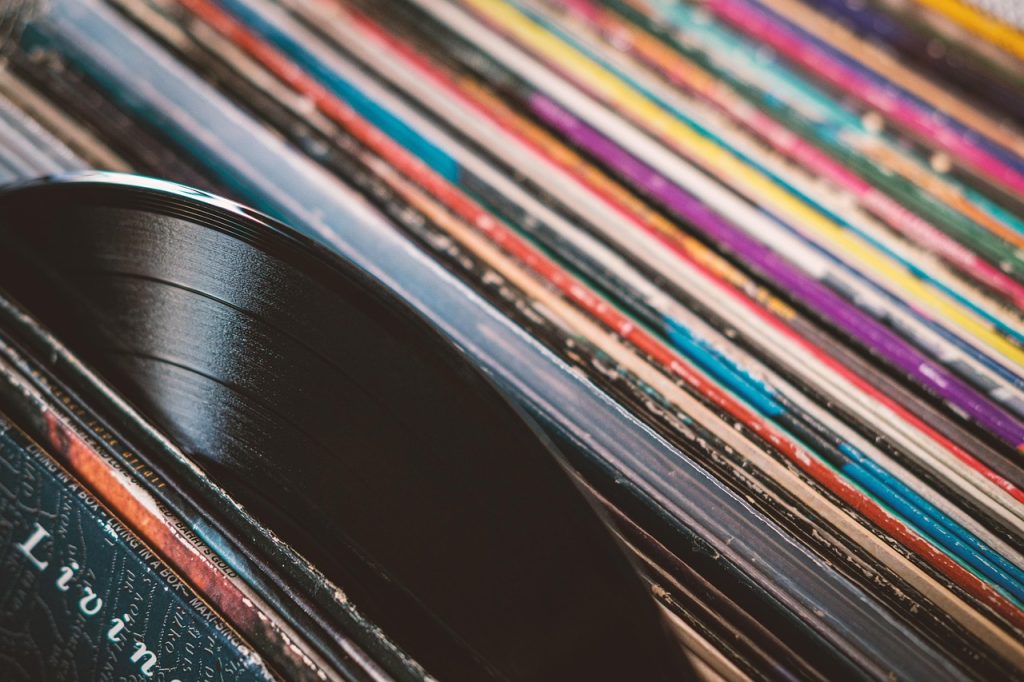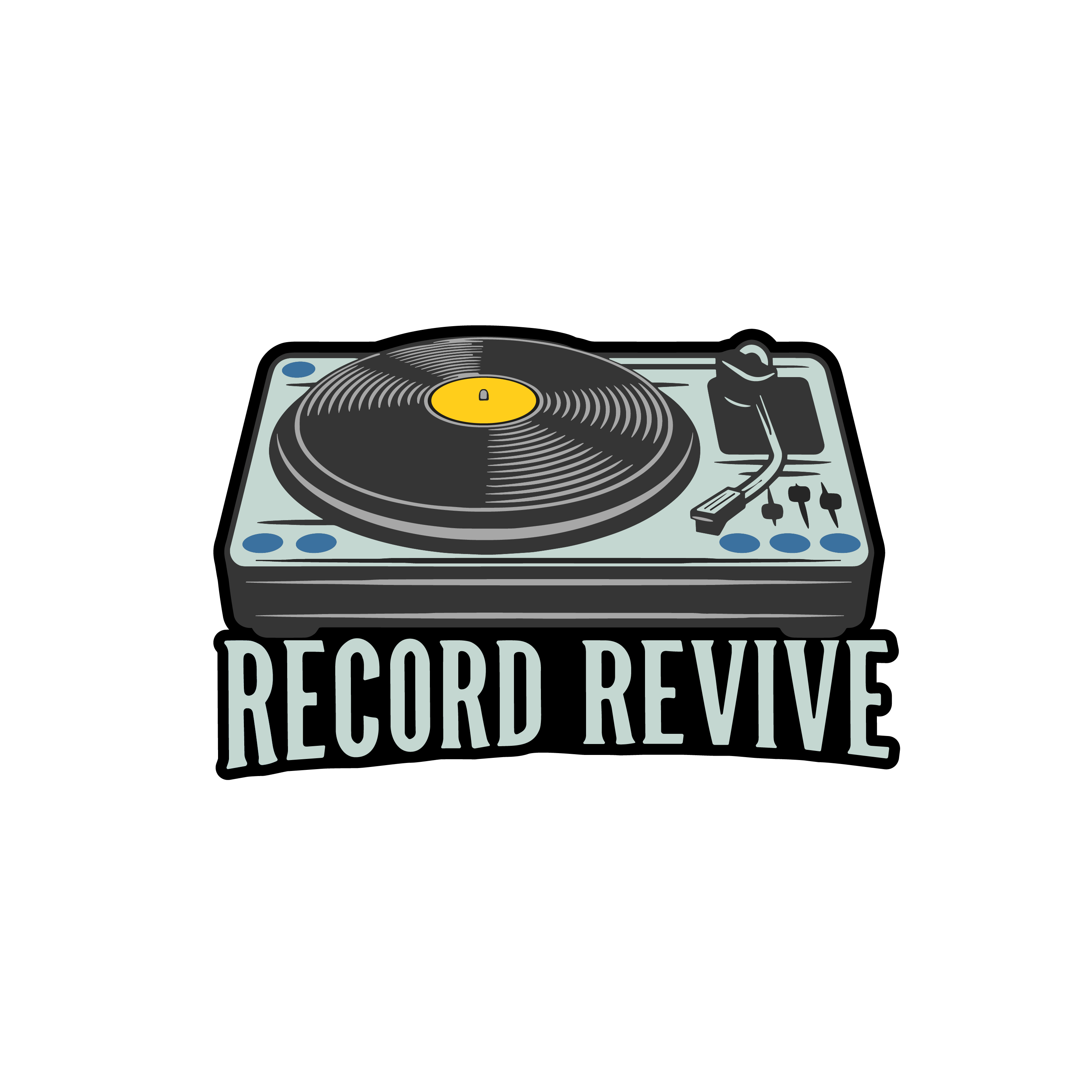Turntables may seem complex at first, we have all been there searching online for something nice but failing to understand the difference between the $60 turntable and the $600 turntable. Whether you are new to record collecting or looking to improve your setup knowing how each part function can help you get the best sound quality and longevity from your records. So here is a beginner friendly guide to the essential components of a turntable.

“The journey of a thousand miles begins with one step.” – Lao Tzu
There are 8 essential things to know about each turntable, not all of these things will be present in every turntable, which is why its important to know what they do and their function.
- Platter: The platter is the rotating surface where the vinyl record sits. It is driven by a motor and provides a level and stable surface for playback. The material of your platter can affect the playback of your records, which is why some prefer heavier platters in order to reduce the vibrations getting to the needle and distorting the sound quality.
- Tonearm: The tonearm is the long, pivoting arm the holds the cartridge and stylus. It moves across the record’s grooves, allowing the stylus to track the music. Proper tonearm balance is crucial for preventing excessive wear on both the stylus and records.
- Cartridge: The cartridge houses the stylus (needle) and converts the vibrations from the groves into electrical signals. Cartridges come in two main types: moving magnet (MM) and moving coil (MC), with MC typically offering higher audio fidelity but at a higher cost.
- Preamp (Phono Stage): A preamp boosts the weak signal produced by the cartridge to a level that can be properly amplified by speakers. Some turntables have built-in preamps, while more expensive ones typically require an external preamp

- Motor & Drive System: Turntables use one of two main drive systems to rotate the platter.
- Belt-Drive: Uses a rubber belt to spin the platter, reducing motor noise and vibration. Preferred by audiophiles for its smoother sound.
- Direct-Drive: The motor is directly connected to the platter, providing a more consistent speed and quick start-up. Popular with DJs due to its durability and responsiveness.
- Stylus (Needle): The stylus is the tiny needle that physically touches the record’s grooves. Made from diamond or sapphire, it tracks the vinyl’s surface, picking up on vibrations that are then converted into sound. Styluses come in different shapes, such as conical, elliptical, and microline, each of these affecting sound quality and record wear.
- Plinth (Base): The plinth, or base, is the foundation of the turntable. A well-designed plinth absorbs vibrations and prevents unwanted noise from interfering with playback. Materials used for the plinth could be wood, acrylic as well as medium density fiberboard
- Speed Controls & Pitch Adjustment: Most turntables have speed setting (33 1/3, 45, and sometimes 78 RPM) to match different types of records. Some models also offer pitch adjustment, allowing fine tuning of playback speed for precise sound control.
Wrapping Up with Key Insights
Understanding these key components will help you make better choices when selecting or upgrading a turntable. Additionally to save money, a lot of vinyl and record collecting isn’t about what is the ‘best’ as with sound it can be hard to objectify what makes the audio quality better or worse, especially for people new to the hobby. Im hoping with this article to help people making a purchase they would potentially regret just because they thought it was the best. That’s also part of why I love collecting records so much, it is a very personal experience for each person, it can be hard to find a sound set up that perfectly matches another person.


Leave a Reply
You must be logged in to post a comment.